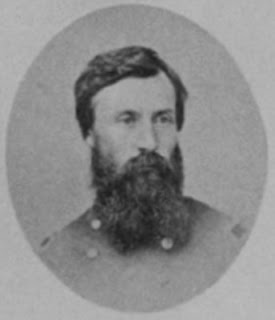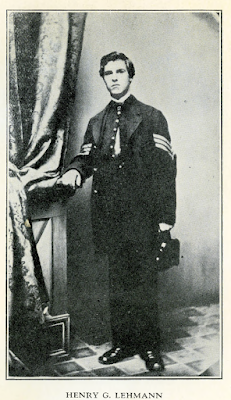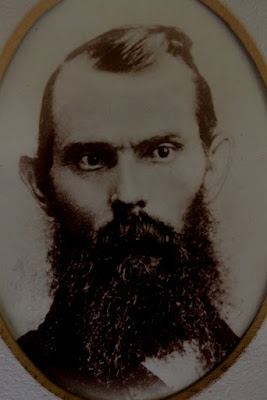10 Days to Franklin: The 183rd Ohio Goes To War

The 183rd Ohio Infantry, a new regiment raised primarily in Cincinnati of Germans or men of German descent, made one of the most rapid transitions from peace to war of any regiment from Ohio. Mustered into service November 18, 1864 at Camp Dennison, Ohio, in ten days the men found themselves at the front, staring across the Duck River in southern Tennessee about to square off with the invading legions of John Bell Hood's Army of Tennessee. An unnerving experience for a new unit, the 183rd Ohio performed remarkably well in the hectic three days that followed in large part due to the breadth of experience of its officers and enlisted men. Its colonel, George Hoge, had a distinguished career with the 126th Ohio while Lieutenant Colonel Mervin Clark had served with the Rooster Regiment, the notable 7th Ohio Infantry. Chaplain John Geer had served with the 48th Ohio in the early part of the war and the story of his capture at Shiloh was recounted on this blog some time ago. (See &qu

